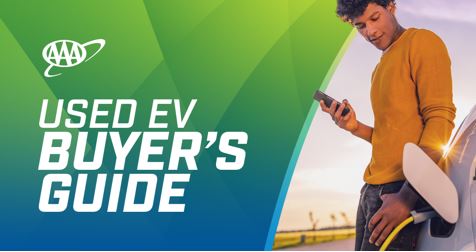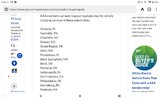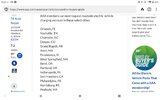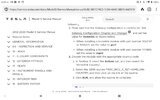I decided when I got my car back in 2014 that I was just NEVER EVER going to be "that guy" whose Tesla ran out of energy and got stuck by the side of the road. I didn't want to give a black eye to the electric car movement, so I would make sure that never happened. And you can. It just takes paying attention and being careful. You can do some annoyingly slow driving if you must, but it will make sure you don't run completely out.
Well, yeah, I told you in that other thread you need to keep asking around to managers at other service centers until you find someone who has been there long enough to have some experience and knows what they are talking about. Tesla definitely is NOT authorizing any new cars to have permanent FUSC, so I'm pretty sure that $12,000 price isn't really valid, because they just won't do that. It should be something like $2500 or so for the pay as you go option, and there is someone, somewhere to knows how to set that up and get it done. You just need to pursue that with other places to find someone who can do it.
Thanks Rocky. Yeah, as much as we might hate to admit it, running out of battery is a much bigger issue for us than for ICE drivers out of gas. The AAA mobile charger option is a great start but it's in its early stages and not available everywhere. We just have to be more careful.
I did go to a second SC as a "sanity check" and they first told me, in person, that the $12K FUSC option was all that is available. It was only when, a week later, I asked to get it in writing that the nitwits came up with the Battery Inspection / Re-enabling SuC option for my car that I told them had never had SuC AFAIK, but they convinced themselves that maybe my car was a salvage car that had lost SuC and needed it back - NOBODY ever said it was! They just made that up from thin air!
Tomorrow I'm back at the SC because the HomeLink I bought off eBay won't pair with the Tesla. I pointed out that they enabled the HL HW module but didn't enable the SW license, the mobile app still says "No Homelink" under "specs and warranty", and maybe, like every other SW licensed feature, the programming is checking that license and finding I'm not licensed, it times out. It'd be nice if it posted a descriptive error but it doesn't.
The opener is now paired with my two Hyundai's (with the HL in the rear view mirror) and a MyQ hub. I spoke with Homelink and they said to talk to Tesla, that the software runs on the MCU it is not programmed into the module itself.
Tesla SC suggested that the location of the module, not in the missing bracket, was causing the opener signal to be blocked by the bumper. The only problem with that theory is that the programming never gets far enough to prompt me to stand in front of the car with my remote so the module can learn the code from the remote!
I even took the HL module out of the body and set it on the top of the engine compartment next to the frunk latch, nothing but air between it and the opener! It doesn't matter, it's not getting to the point of trying to learn the code and pair with the opener.
The SM said it'd be a lot easier to troubleshoot it if I brought it back in so they could connect it up and look at the logs/alerts whatever, and that they have an opener that they can try to program it with. I'm sure they will leave the SW unlicensed and blame the used module. Id like to see the SW enabled and see if it will then program.
It'd be different if it prompted me to use my remote and then timed out without learning the code from the remote, indicating a weak battery or faulty module. Or if it learned the code from the remote but then couldn't pair with the opener, indicating a problem with the module of some type.
They mentioned there being multiple revisions. I asked them which ones my car and MCU SW supported but he couldn't tell me. It was sold as being for 2012 to 2016 MS's and I have the part number of the module. I will check the service site to see if I can find the module P/N and confirm it's the right part.






